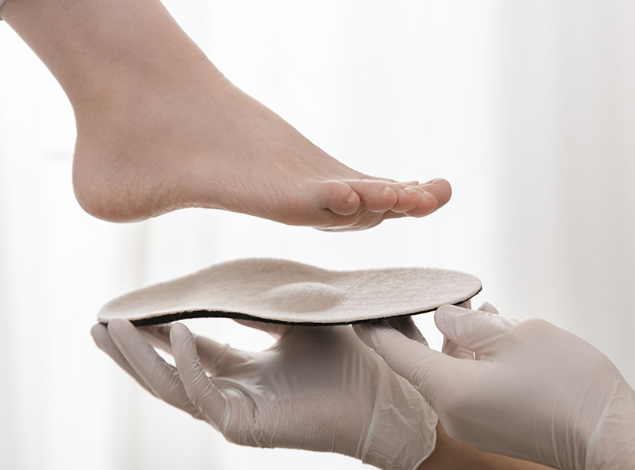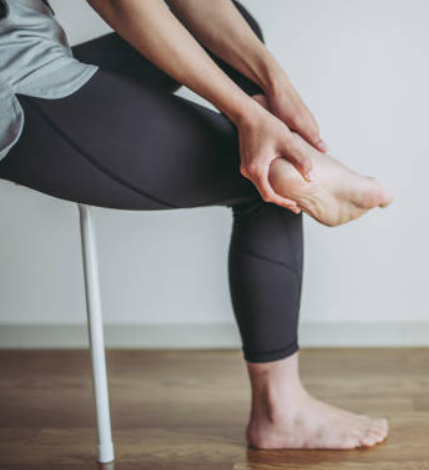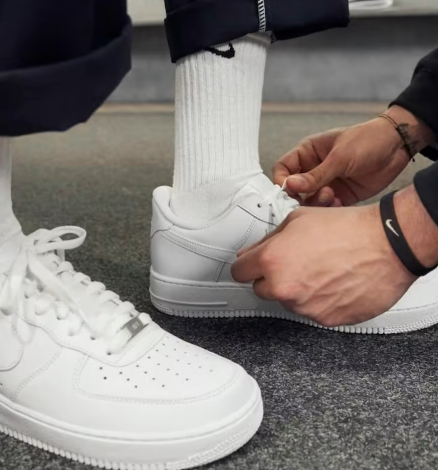
The Importance of Proper Foot Support for Your Health
Proper foot support is essential for maintaining overall health and preventing long-term issues. Whether you’re walking, running, or standing for long periods, the way your feet are supported has a direct impact on your posture, joint health, and comfort. Understanding how foot support works can help you avoid pain and injury in the future.
1. The Structure of the Foot
The human foot is a complex structure made up of 26 bones, 33 joints, and over 100 muscles, tendons, and ligaments. These elements work in harmony to provide stability, mobility, and shock absorption. The foot has three main arches that play a crucial role in its function:
- Medial Longitudinal Arch (inner arch): Primarily responsible for shock absorption.
- Lateral Longitudinal Arch (outer arch): Helps with balance and stability.
- Transverse Arch: Aids in distributing weight evenly across the foot.
Without proper support, these arches can collapse or become overstretched, leading to pain and a higher risk of injury.
2. How Foot Support Impacts the Body
Your feet are the foundation of your body’s alignment, and poor foot support can trigger a chain reaction that affects your knees, hips, and spine. Proper support can contribute to:
- Pain Reduction: Adequate arch support helps reduce strain on the tendons and ligaments, preventing conditions like plantar fasciitis and joint pain.
- Improved Posture: A well-supported foot promotes proper spinal alignment, reducing the likelihood of lower back pain.
- Better Shock Absorption: Cushioned footwear absorbs impact, reducing the stress on your joints with every step.
- Increased Stability and Balance: Proper foot support offers a solid foundation, reducing the risk of falls and injuries.
3. The Role of Footwear in Foot Support
The right footwear is crucial for maintaining foot health. When choosing shoes, look for features that provide the necessary support, such as:
- Arch Support: Helps control excessive foot movement (pronation or supination).
- Cushioning: Minimizes impact on the joints and adds comfort.
- Heel Cup: Stabilizes the heel to improve overall balance.
- Proper Fit: Ensures your toes have enough space and prevents pressure points that can lead to pain.
Wearing unsupportive shoes, like high heels or flip-flops, can contribute to discomfort and even lead to long-term musculoskeletal issues.
4. Custom Orthotics and Insoles
For individuals dealing with specific foot problems, custom orthotics or insoles can provide additional support. These devices are designed to:
- Correct misalignments in the feet.
- Distribute weight more evenly across the foot.
- Relieve pressure from sensitive areas.
- Enhance comfort and foot function.
Custom orthotics can significantly improve foot health for those who require extra support or have foot conditions.
5. Foot Health Maintenance
In addition to wearing supportive footwear, there are other steps you can take to maintain foot health:
- Stretching and Strengthening: Regular exercises like toe curls and arch stretches improve foot strength and flexibility.
- Proper Foot Hygiene: Keeping your feet clean and dry helps prevent infections and other foot issues.
- Regular Checkups: Seeing a podiatrist regularly can help catch foot problems early and prevent them from worsening.
Conclusion
Proper foot support is not only important for preventing pain but also for improving posture and mobility. By wearing the right shoes, considering custom orthotics when necessary, and maintaining a good foot care routine, you can ensure the long-term health of your feet and overall comfort throughout your day.






